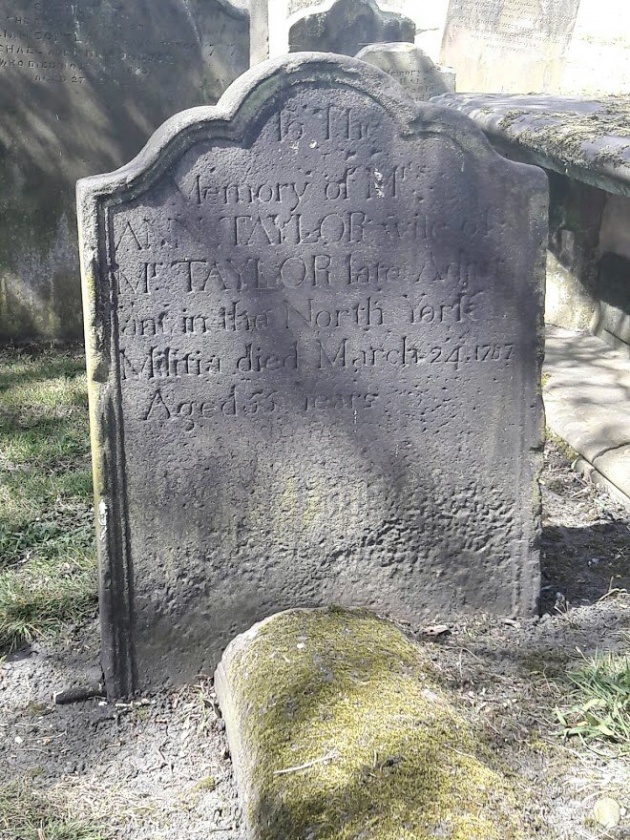12 Things to See at St Mary's
St Mary’s stands at the very heart of Barnard Castle and all kinds of people share in its history – a medieval vicar chased up the church tower by ne’er-do-wells, soldiers from the town garrison, a priest who faithfully served his flock in a devastating epidemic, and a king who planned an amazing College here in the 15th century.
If you’ve never stepped inside St Mary’s or wandered around its peaceful churchyard paths, you’d be amazed at the fascinating stories hidden in its past. Perched on the corner of the Market Place, it has witnessed all kinds of curious and dramatic events in the life of the town and some of them even took place within its walls!
Who was George Hopper and why did his burial cause such a kerfuffle for over 30 years?
Why is there a boar carved on a stone outside a window and is that really a king’s head on the huge arch inside?
What might be the answer to the mysterious symbols carved on St Mary’s huge black marble font?
What connection does St Mary’s have to the iconic Sutton Hoo helmet?
We’re sharing our favourite 12 Things to See at St Mary’s – we wonder which is your favourite!
- St Mary’s Font
This immense bowl of black “Tees marble” has been used for baptising the people of Barnard Castle since the late 15th century.
Its eight shields bear puzzling letters and symbols – can you work out what they might mean?
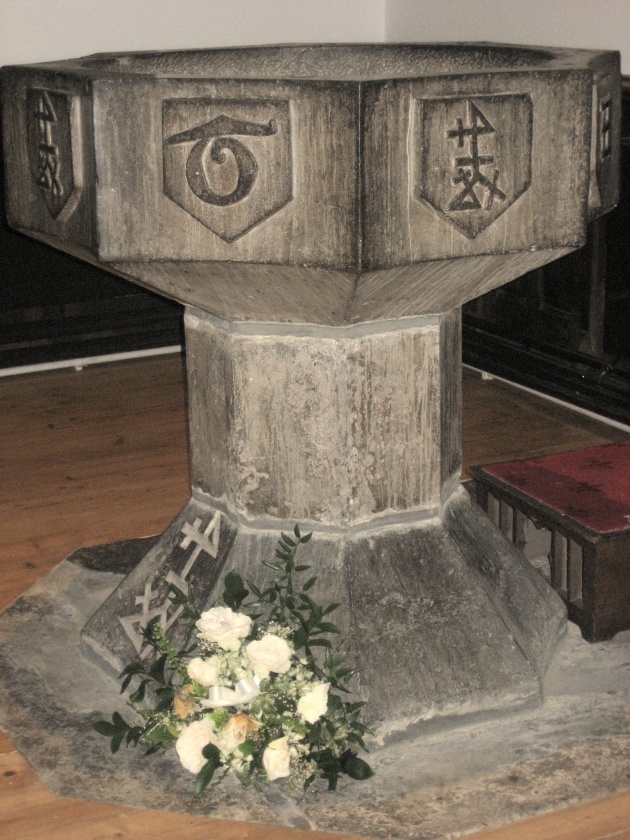
- Stunning stained glass
Our beautiful Victorian stained glass includes a window by renowned artist Charles E Kempe.
The windows tell the story of the Christian faith but also shine a light on the lives of the faithful townspeople they commemorate, including the steward to the creator of the Bowes Museum, the family who founded the town’s Richardson Hospital, and the tragically young daughter of the local surgeon.
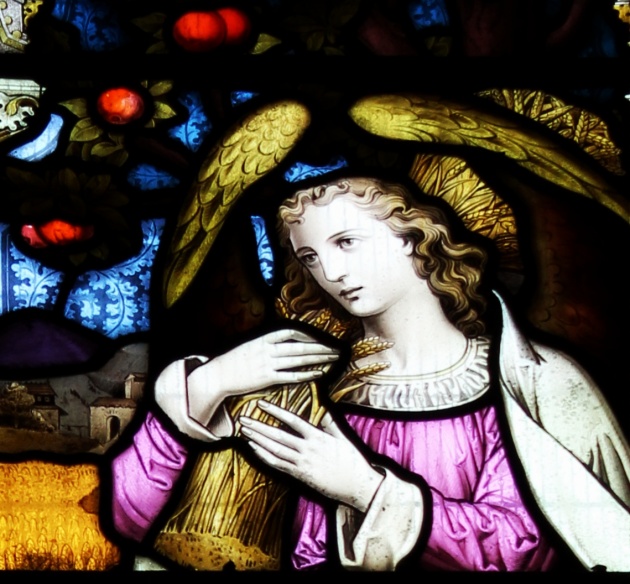
- George Hopper’s tomb
On the south side of St Mary’s is the startling table tomb for 23-year-old George, displaying his dashing Georgian fashion sense on one side, and his skeleton on the other.
But George and his tomb had a major legal battle and a journey “in and out” of St Mary’s before coming to rest by our South Door.
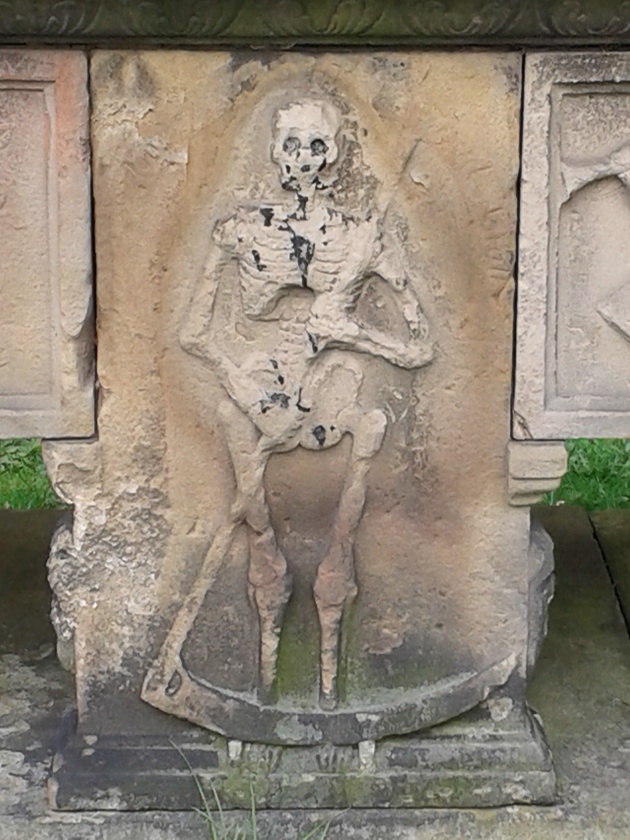
- St Anthony & his boars
Have you found all the boars in Barnard Castle yet? Our St Anthony effigy with his ‘dancing’ boars used to stand its own niche on the site which the Amen Corner garden now occupies.
Was it created for the doorway of a new church building or simply a lucky survivor from an early monastic house in Barnard Castle?
![]()
- Durham Militia and 3rd Battalion Durham Light Infantry flags
‘Barney’ has a long tradition of being a garrison town, from the mid-18th century up to the late 1960s.
You might be surprised to discover how the ancient Colours laid up in St Mary’s tell the story of the Durham Militia volunteers and their role in defending the nation.
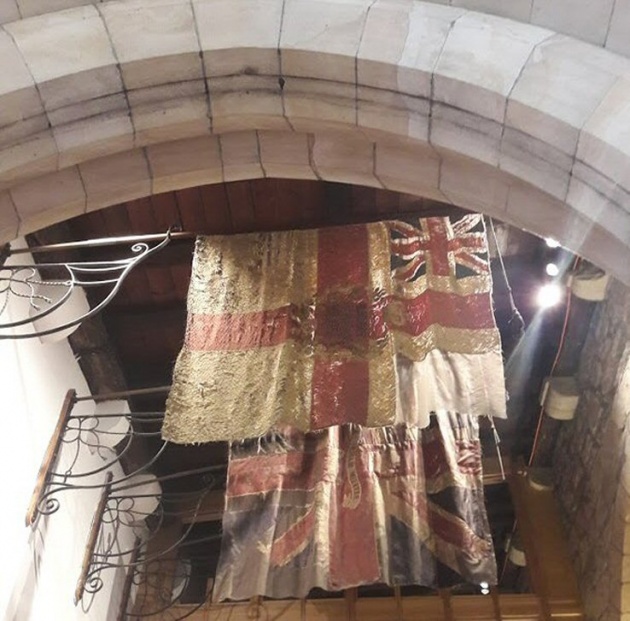
- 1849 Cholera Memorial
St Mary’s has always shared in the dark times of the town as well as its celebrations. In 1849 when an outbreak of cholera overtook Barnard Castle, its curate-in-charge Rev George Dugard served his parishioners through the worst of times and beyond.
The memorial to the 143 people who died during the eight weeks of the epidemic lies on the quiet south side of the churchyard.
Photo copyright: Newsquest Darlington & Stockton Times
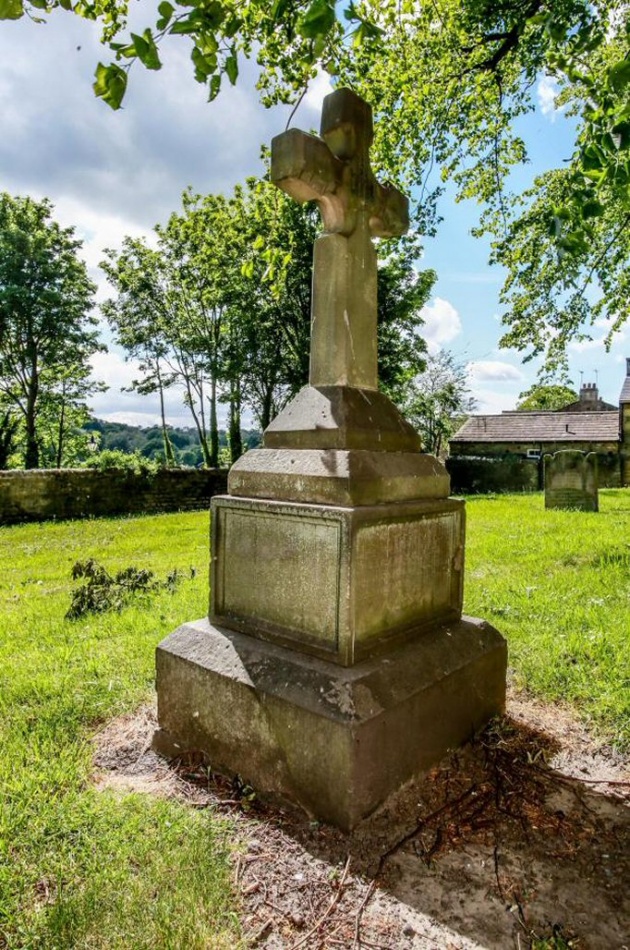
- South African War memorial
Tucked away in the south-west corner of St Mary’s is a beautiful ‘Arts & Crafts’ copper memorial designed by a famous artist, commemorating thirty soldiers of the 3rd Battalion Durham Light Infantry who died in the South African Wars 1899-1902.
Can you find all the pictorial clues to Barnard Castle and Co Durham history hidden in its intricate decoration?
![]()
- Tower Memorials
St Mary’s doors have always welcomed in all-comers, renowned and lowly, old and young, and our Tower Porch exhibits some of its memorials to loved ones, lost in the first days of life, after lives of long service and even in the famous ‘Charge of the Light Brigade’.
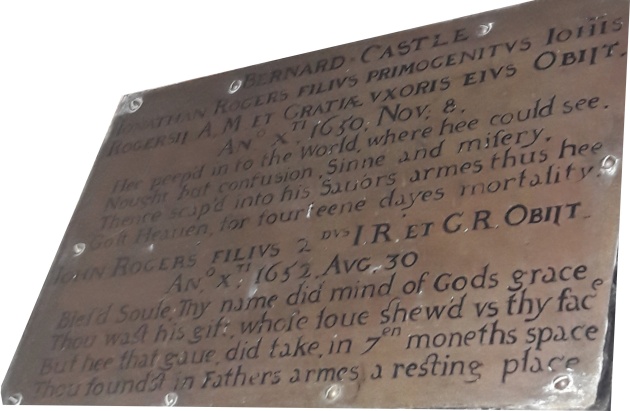
- 12th Century South Door
St Mary’s original 12th century doorway with its stunning chevron detail and decoration graces the south side of the church but it was hidden away for nearly two centuries by a rough stone porch.
Nearly 900 years of church improvements have definitely left their mark on St Mary’s!
![]()
- Richard III’s chancel arch and boar badge
Who knew that King Richard III was such a fan of St Mary’s that he gave huge sums of money to transform it with his own College of priests to pray for his family!
Not only does St Mary’s chancel arch boast the unique sculpted heads of Richard’s brother King Edward IV and Richard as Duke of Gloucester but outside one of St Mary’s windows, visitors can spot more ‘boar’ evidence of King Richard’s affection for our town.
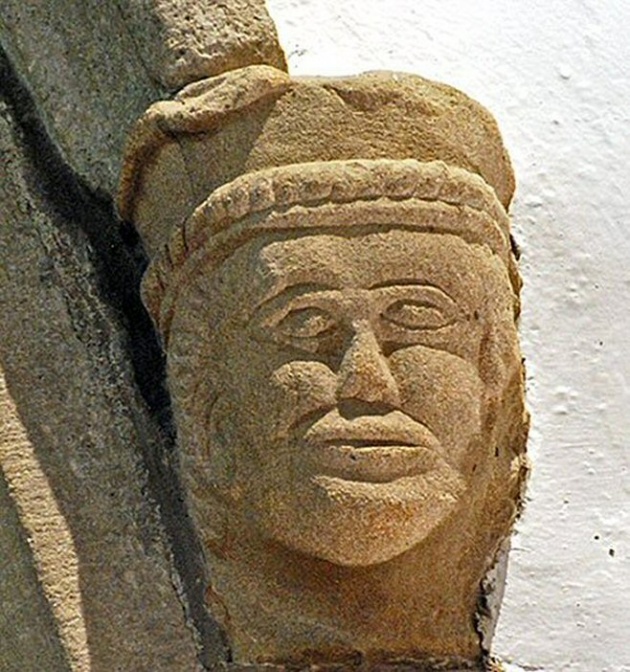
- The tiny doorway to nowhere!
Looking up in St Mary’s can prove just as fascinating as discoveries at ground level!
Higher than our stained glass and military Colours and close up to the 15th century roof is a curious small doorway above the chancel arch. Where did it lead and what was it for?
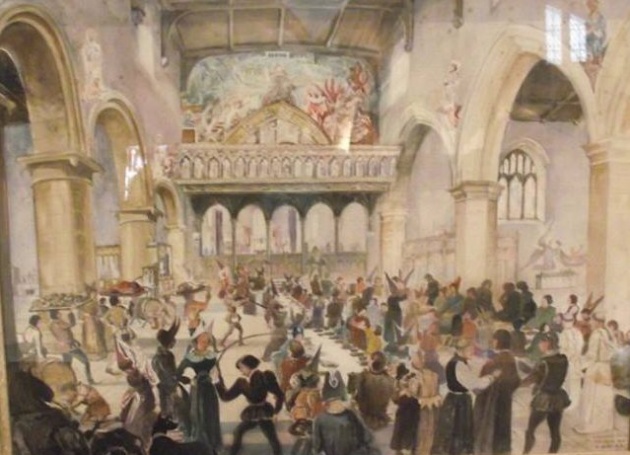
- St Mary’s churchyard – a place of rest
Until its final closure in 1860 the churchyard offered a final resting place for all the townspeople (the main town cemeteries now lie off Victoria Road).
There are fascinating stories behind each stone’s inscriptions – one was even a re-used cheese press!
